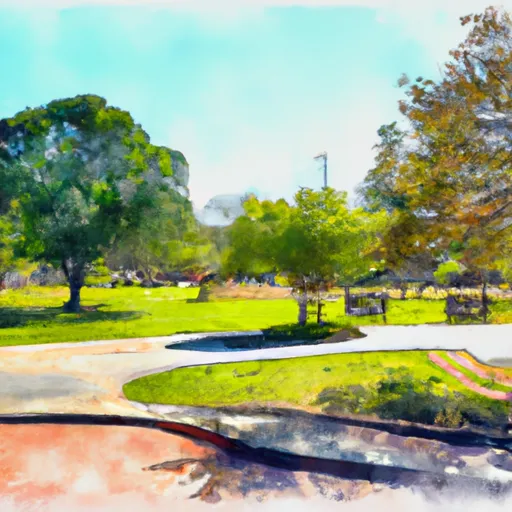Summary
The city experiences a humid subtropical climate characterized by hot, humid summers and mild winters. Average temperatures range from the 40s (°F) in winter to the 90s in summer. Norcross receives around 50 inches of precipitation annually.
The city is surrounded by several water bodies, including the Chattahoochee River and numerous lakes. These hydrological constituents provide opportunities for various outdoor recreational activities such as fishing, boating, and kayaking. The nearby Chattahoochee River National Recreation Area offers hiking trails, picnic spots, and camping sites. Moreover, residents and visitors can enjoy numerous parks within Norcross that offer amenities such as sports fields, playgrounds, and walking trails, making it an ideal location for outdoor enthusiasts.
Weather Forecast
Norcross receives approximately 1346mm of rain per year, with humidity levels near 86% and air temperatures averaging around 16°C. Norcross has a plant hardyness factor of 7, meaning plants and agriculture in this region tend to thrive during the non-winter months.

 Lillian Webb Park
Lillian Webb Park
 Betty Maudlin Park
Betty Maudlin Park
 Rossie Brundage Park
Rossie Brundage Park
 Best Friend Park
Best Friend Park
 Pinckeyville Park
Pinckeyville Park